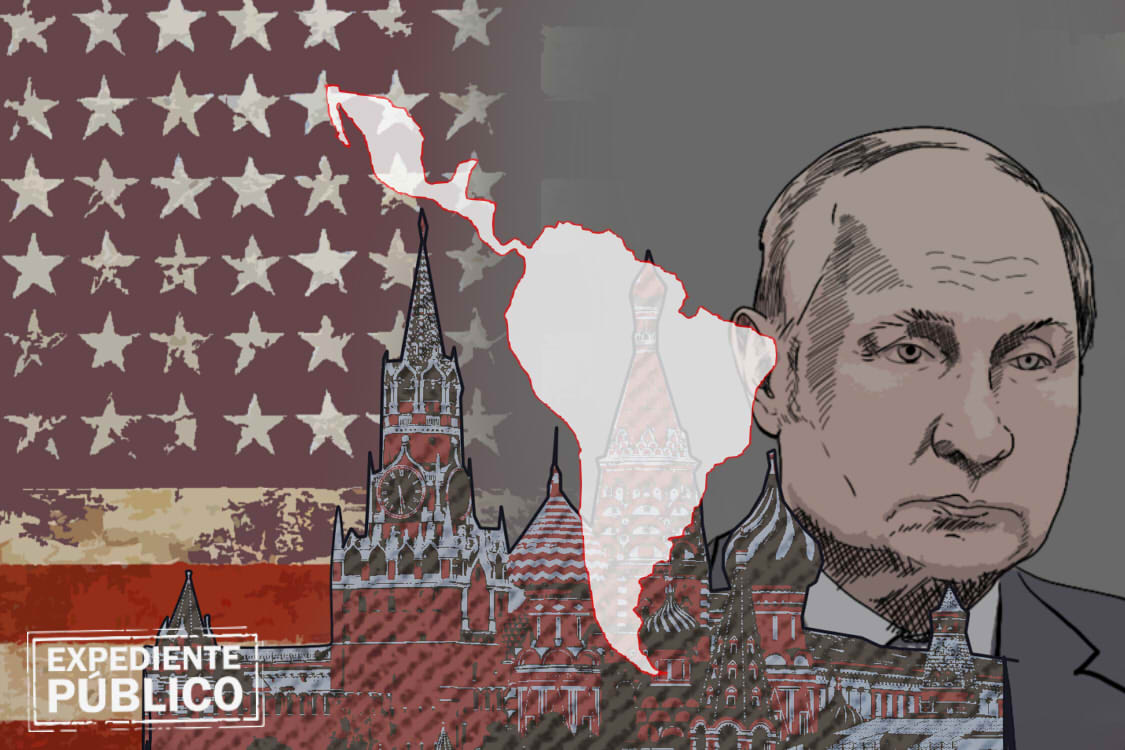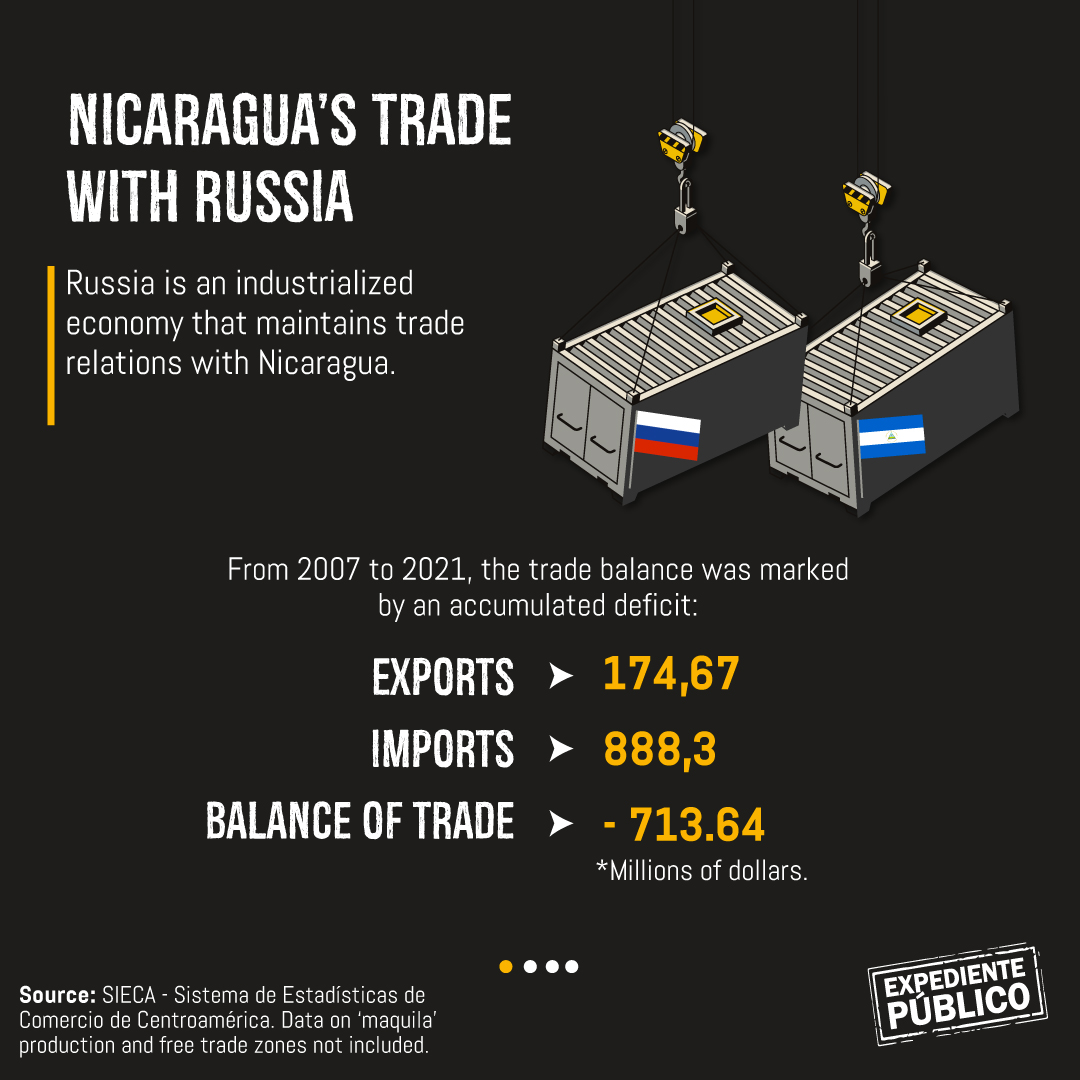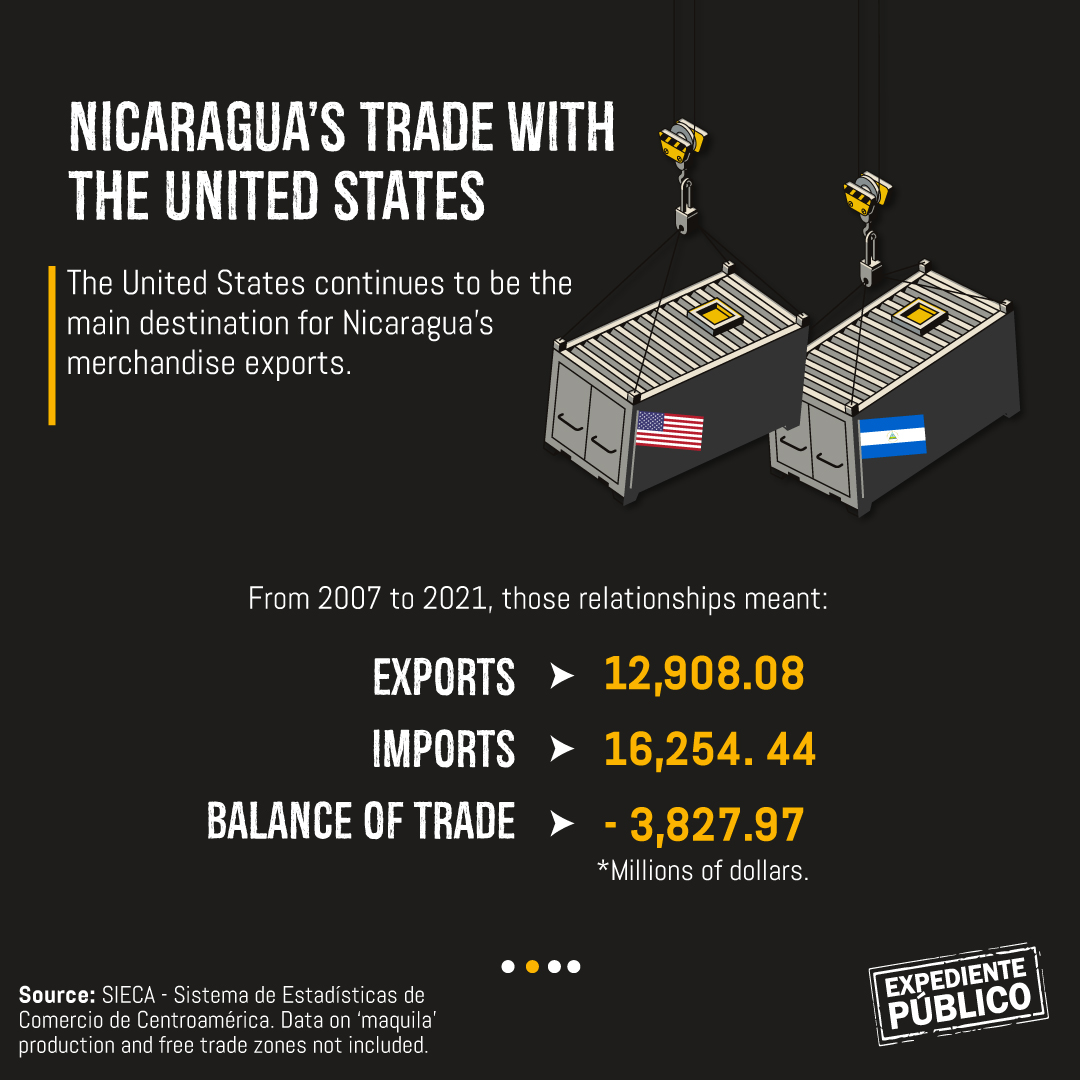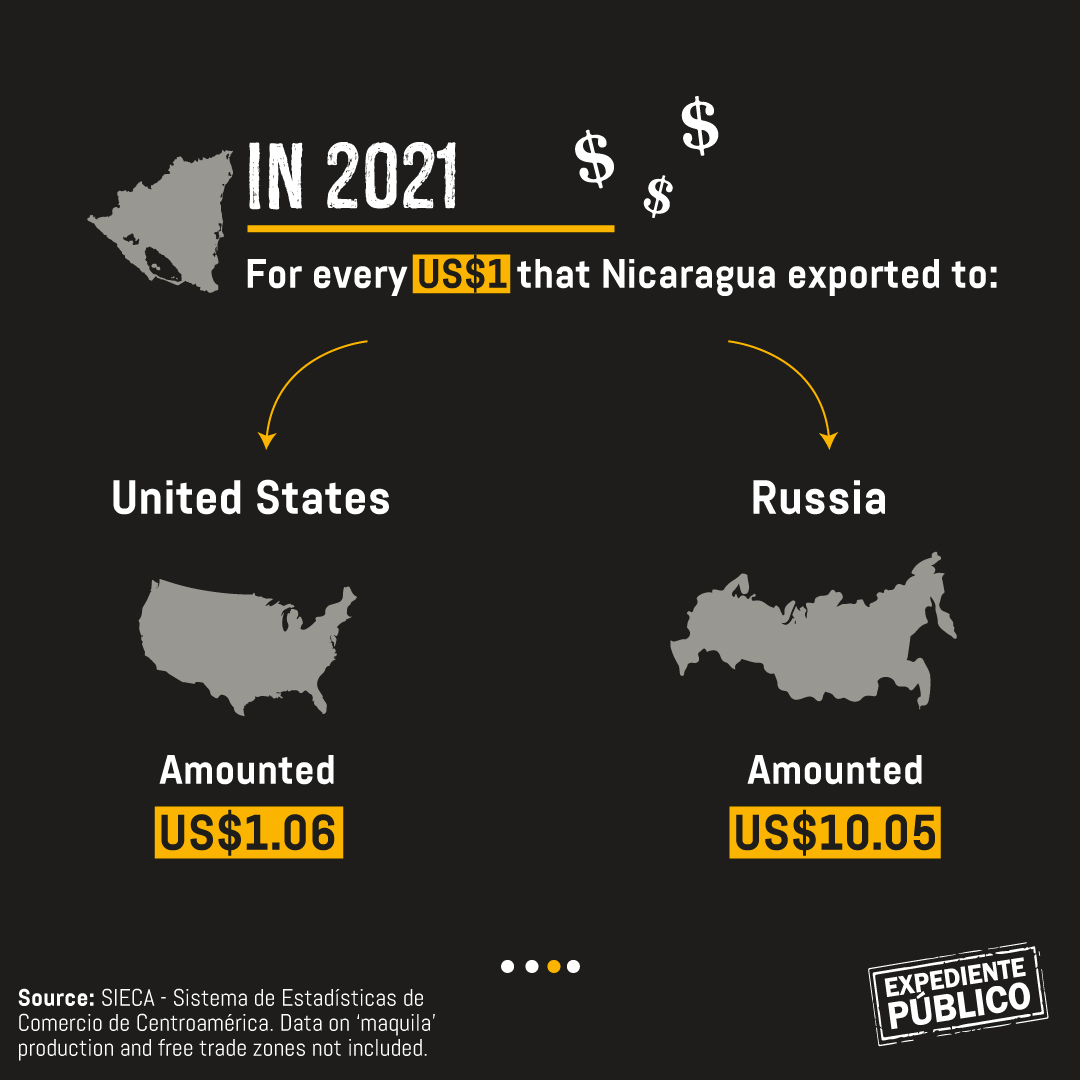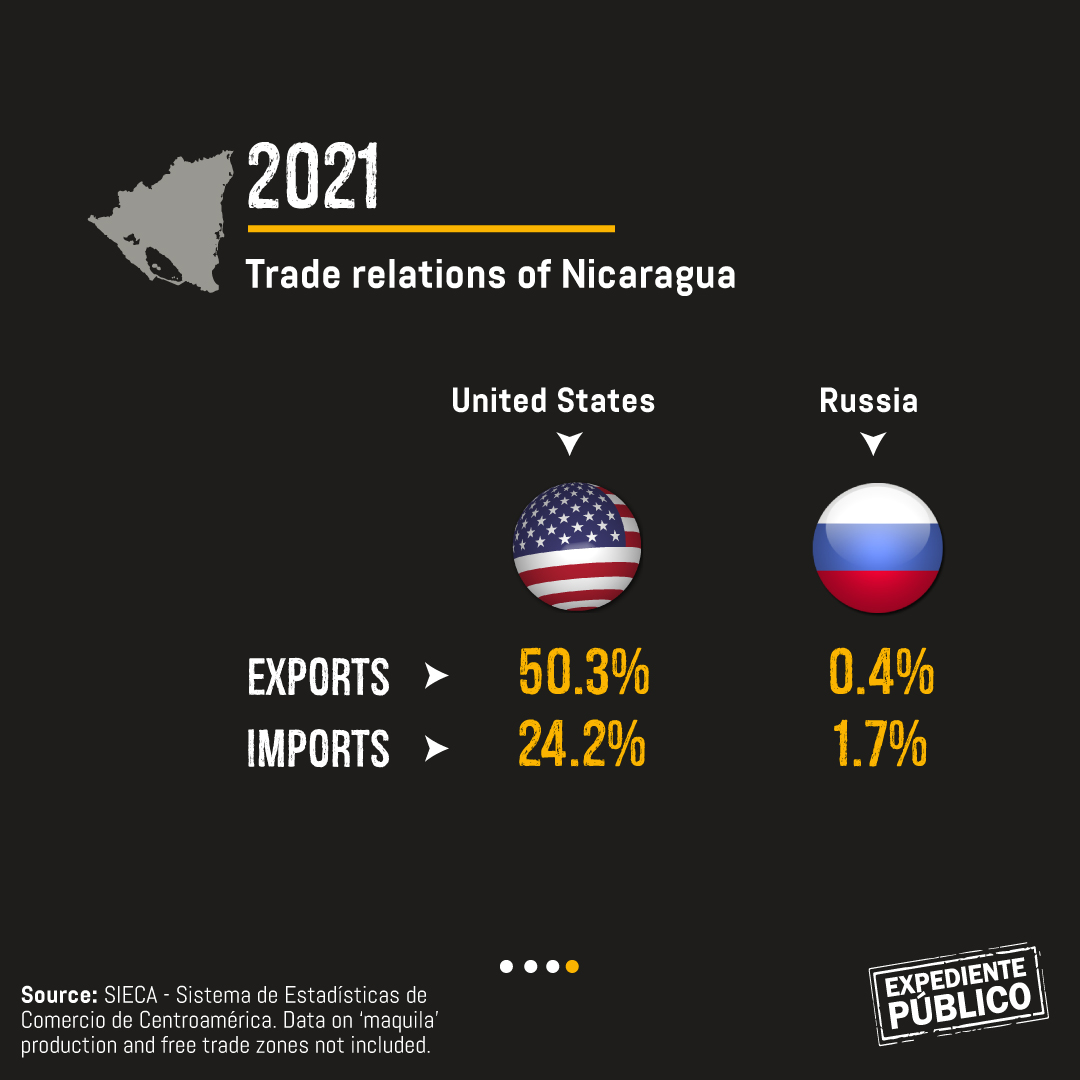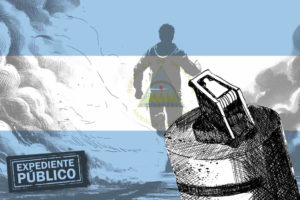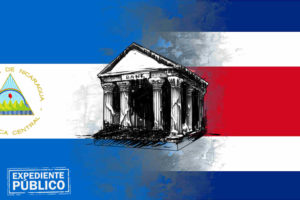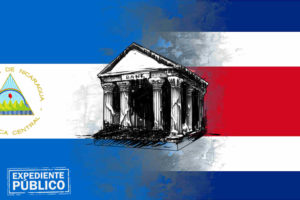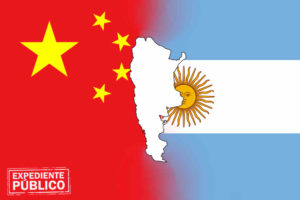*Two regional powers, Brazil and Argentina have also succumbed to Vladimir Putin’s requests.
Expediente Público
The United States responded late to Russia’s presence in Latin America, which has allowed Russia to expand its businesses, partners, and propaganda, according to Armando Chaguaceda, Cuban political scientist and historian, in an interview with Expediente Público.
“In general, the United States responded late to the presence of Russia in Latin American countries,” says Chaguaceda. “Russia made effective use of the elements that allow it to participate as a global player in an asymmetric and decisive way.”
The academic explains that US policy toward Latin America “has not worked for years. The United States has neglected its relationship with the region,” which allowed Russia and China to gain a renewed presence. One example of this is the case of Brazil. US officials told the New York Times that President Jair Bolsonaro tried to contact the White House but received no answer. Important to note is Bolsonaro’s questioning of President Biden’s victory in the 2020 presidential election. After being turned away, Bolsonaro announced that he would hold a summit with a different world leader, which he arranged in February of 2022 when he met with Vladimir Putin in Moscow. Recently, however, in June of 2022, the two heads of state had a virtual exchange during the BRICS (Brazil, Russia, India, China, and South Africa) meeting. Days later, Bolsonaro announced his plan to buy diesel and fertilizers from Russia.
Bolsonaro did not do more than follow in the steps of his Argentine counterpart who, in early February of 2022, had a private meeting with Putin. He told Putin that “Argentina could become a gateway” for Russia in Latin America.
Another alarming fact is that Nicaragua has recently authorized Russian troops’ entrance into the country.
The National Assembly of Nicaragua has authorized, as of June 1, 2022, the entrance of an undetermined number of troops, ships, and planes from Russia to participate in “military exchanges and training exercises, including training in humanitarian operations.” This authorization includes Russian troops that patrol the Caribbean and Pacific coasts of Nicaragua, exchange best practices, and train the Nicaraguan Army on humanitarian operations. They also train the Army’s ships and aircrafts to combat drug trafficking and transnational organized crime.
This is not the first time that Russia sends troops to the Americas during times of conflict. In 2008, Russia deployed strategic supersonic bomber, TU-160, along with at least four warships, to the coast of Venezuela. At that time, Georgian separatist forces, who received support from Russia, provoked the use of military force in their country.
In 2013, when the United States and the European Union pressured Russia to stop its support of separatists in Ukraine, Russia sent more than TU-160 bombers to Venezuela. The last time that Russia sent military forces to Venezuela was in 2018. At the time, the Russian government manifested its intentions to establish a base on the island of Orchilla, but the project never came to fruition. In January of 2022, however, Vice Minister of Foreign Relations Serguéi Riabkov considered deploying military forces to Cuba or Venezuela during the initial days of Russian hostilities in Ukraine.
Russia cannot afford to be Nicaragua’s «provider»
The paradox of Nicaragua’s opening to Russia is that it comes at a historic moment when the Eurasian country does not have financial capacity due to the conflicts in which it has been involved in recent years. Chaguaceda explains that “Russia cannot afford to be Nicaragua’s ‘provider’ because the country has been suffering from an economic crisis since its occupation of Crimea in 2014.”
Read: La cooperación de Rusia en Nicaragua es en realidad un negocio opaco
“Russia is an industrialized economy with technological and demographic issues. Moreover, Russian elites have always made it clear that they do not want to play the role of the old Soviet Union,” the academic explains. This means that the ellites do not want to subsidize a large network of allies around the world, which was one of the elements that affected the performance of the Soviet model, in addition to economic policies. “Russia is not going to go through with that,” says Chaguaceda.
The analyst believes that Russia is capable of buying some materials, raw materials, meat, food, and fruits; however, at a time when other countries have sanctioned Russia, “the Eurasian country will turn into a quasi-war economy and focus on its domestic market.”
From there, the academic deduces that there are very few things that Russia can buy from Nicaragua and that Nicaragua can buy from Russia. According to data from the Central Bank of Nicaragua, since the return of Daniel Ortega to power in 2007, cooperation with Russia has totaled to $US149.9 million, officially, which the government spent on investment projects between 2007 and 2015. This amount only makes up 5% of all received donations (US$2,99.4 million) between 2007 and 2021. Cooperation between Russia and Nicaragua has been limited to eight projects: wheat (46.33%), a bus fleet (20.33%) and other means of transportation, and equipment for the National System of Nicaragua for the Prevention, Mitigation, and Relief of Natural Disasters.
Nicaragua has experienced a trade deficit, and exports make up a minimal percentage of the Central American country’s economy.
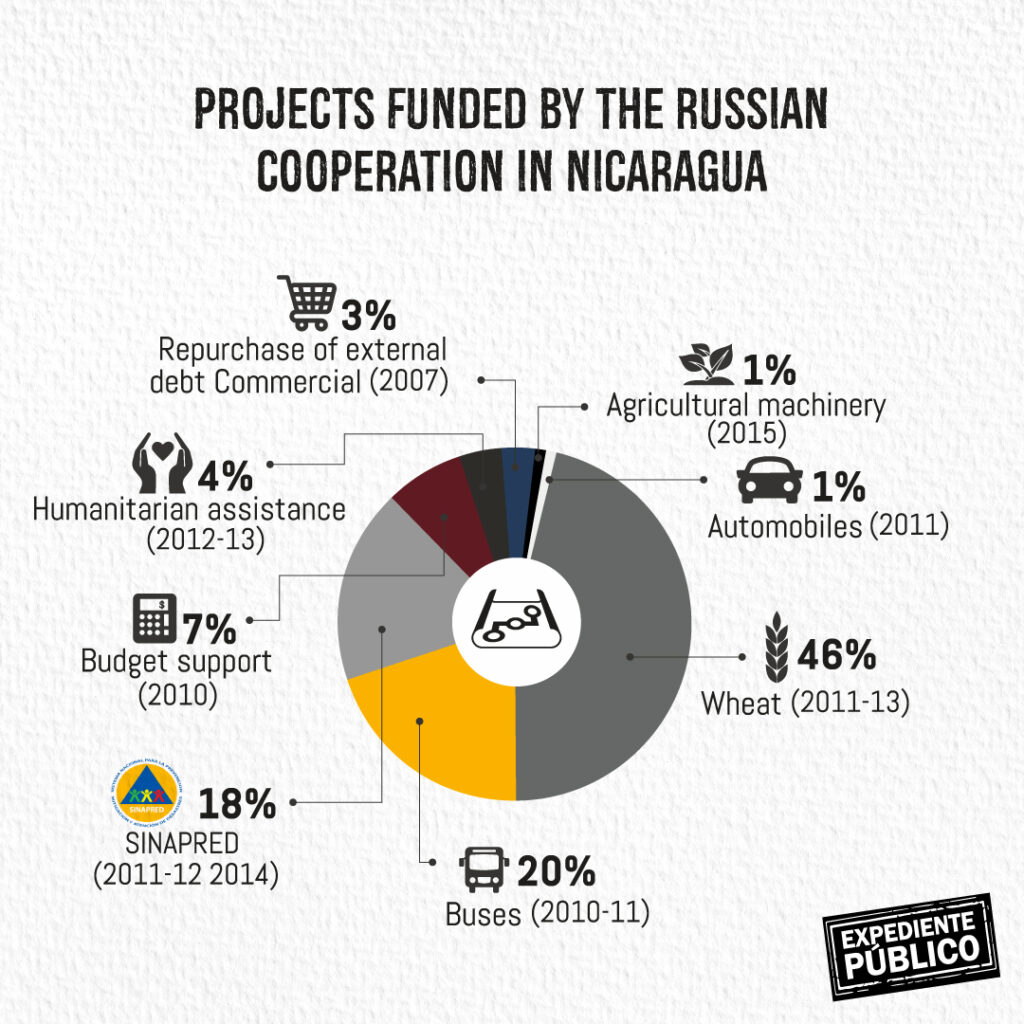
Read: Las falsedades demostrables de Ortega sobre Ucrania y lo que practican en Nicaragua
In 2020, Nicaragua exported a little more than US$6 million to Russia. Meanwhile, in 2021, exports to Russia reached US$13.3 million, or 0.04% of all exports. In contrast, according to data from the Central Bank of Nicaragua, the United States was the destination for half of all exported goods, excluding ‘maquila’production and free trade zones, making it Nicaragua’s primary trading partner.
Russia’s promises
Russia has made its presence known in Nicaragua, where Vladimir Putin visited in July of 2014. The arrrival of the Deputy Prime Minister of Russia Yuri Borisov in February of 2022 drew the attention of the world, in the midst of tensions leading up to the war in Ukraine. Borisov announced that Russia had visited the possibility of expanding cooperation with Nicaragua, including military and technological capabilities. The deputy prime minister announced major assistance to the Nicaraguan Army, which had already received funding for a military training center to combat drug trafficking.
In 2016, Russia reported the shipment of a first batch of 50 T-721B1 battle tanks, which were worth US$80 million. The Russian Information Agency, RIA Nóvosti assured the Kremlin that it had already supplied the Central American country with 12 ZU-23-2 air defense systems, two Mi-17V-5 helicopters, and armored vehicles.
The US lacks a military presence
According to Chaguaceda, due to the displacement of troops and contrary to Russian strategy in the region, there is no US military presence in Latin America as there was in the Panama Canal. This situation is also due to a US pivot toward the Middle East, the Indo-Pacific, and Europe as priority regions. However, US strategy toward the Latin America could change because of Russian presence in the region, which is much more intentional than that of the United States,” Chaguaceda warns.
Although there is no large-scale presence of Russian troops in Latin America, there are military contractors in the region. “For example, in Venezuela, there are some hundred Russian military contractors, according to different sources. They are part of operatives at the border with Colombia. While the contractors do not have that many troops, they do have influence in the region,” he says. Moreover, Russia has moved its airborne forces or mercenaries to different parts of the world. The contractors who are currently at the Venezuela-Colombia border were previously in Syria.
Subtle penetration
“Curiously, though, the United States is painted as an imperial power, because of Roosevelt era and 20th century practices. However, in the last few decades, the United States has intervened very little in the affairs of Latin American countries, at least not in an explicit and direct way,” underscores the Cuban academic.
Chaguaceda considers the United States to be erroneously measuring Russia’s ability to disrupt global or regional security, particularly in terms of GDP, population, size of the armed forces, and resources. Russia has been limited in all of these aspects, but the military reform that it has been developing since 2000 has allowed the country go from being a risk to a threat.
“The GDP of Russia is small compared with smaller European countries. Moreover, the Russians have a demographic issue,” according to the Cuban academic. The Russians have also not obtained large amounts of resources to be able to position themselves globally. Russia has merely functional aircraft, while it does have strong intelligence and propoganda capabilities. Examples of these are Russia Today and Sputnik, which propogate tideas to their audiences. “The efficiency with which Russia has used these resources has set off alarm bells for the United States, albeit late in the game. Logically, the war in Ukraine has sounded all the alarm bells,” he says.
China: a long-term foe
For Chaguaceda, the United States should worry about China’s presence and economic muscle in Latin America. “China has not yet sent military contractors on the ground as Russia has because China has more of a long-term vision,” says Chaguaceda.
Read: China, la estrategia global para consolidar su influencia
The situation with China obliges the United States to “drive in two lanes at the same time, regarding Russia and China.” Russia is the most immediate adversary that the United States must confront because it represents a direct, short-term challenge. However, “a weak adversary is one that uses resources like physical, armed, and symbolic violence through media that carries out misinformation campaigns. Russia must make up for its lack of resources in the long term.”
China, however, is a strategic adversary that, because of its resources, offers a unique challenge and a different vision from that of the West, one of open society, political pluralism, and market regulation. “The big power struggle is between the United States and China, as a rising world power,” which forces Russia and Iran to play a more disruptive role in the region, “precisely because they cannot rely on their resources and superiority in the long term,” he concludes.

